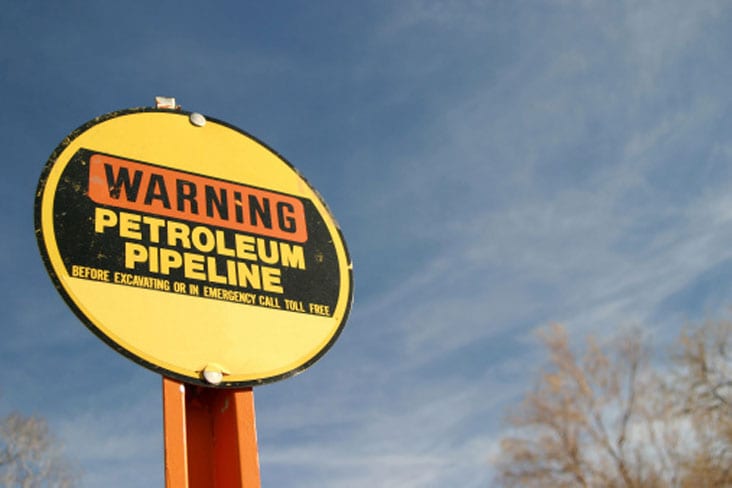We rely on oil and gas to power our commute, heat our homes, and create products we use every day. There are thousands of miles of pipelines below your feet, and the pipeline industry is dedicated to keeping oil and natural gas flowing safely.
The pipelines that bring natural gas throughout the U.S. ensure the resource reaches homes and businesses without trucks, trains, or ships, therefore cutting down on the possibility something could go wrong en route to your home or business. In the U.S., 70% of crude oil and petroleum products are shipped by pipeline. 23% of oil shipments are on tankers and barges over water. Trucking only accounts for 4% of shipments, and rail for a mere 3%.
Every day, millions of barrels of crude oil are moved by transmission pipelines, and between 2002 and 2013, 99.9995 per cent of the liquid product transported was moved safely. From new technology and techniques to increased safety measures, pipelines are proving to be the safest and most efficient way to transport oil and gas.
Integrity of the Pipeline
Pipeline companies take active steps to ensure that health, safety, security, and environmental concerns are addressed throughout the planning, construction, and operational phases of pipeline operations. Pipeline companies work to prevent releases by evaluating, inspecting and maintaining pipelines in a program called integrity management. Integrity management programs have produced decreases in incidents attributed to every major cause of failure. Pipeline companies spend millions of dollars on research into new inspection technologies and spend billions on safety each year.
Latest Technology
Part of the commitment to safety includes investing in new technologies. One such technology is the use of in-line inspection tools, or smart pigs, to determine the condition of the pipeline. Smart pigs can detect corrosion, cracking, or other defects in the pipe wall and are used to plan preventive maintenance. Operators also use this data to plan for future repairs. Smart pigs aren’t the only tool used by the industry to ensure safety; operators have invested financial resources to ensure their infrastructure is reliable, including spending over $2.2 billion in 2014 to evaluate, inspect, and maintain pipelines.
Pipeline operators prepare for the unlikely event of an incident through control room technologies and training to stop the flow of a pipeline quickly upon a release. Operators also develop emergency response plans, deploy resources, and work frequently with local first responders in order to reduce the impacts of any release.
Pipeline incidents, while rare, do still happen. Pipeline operators prepare for the unlikely event of an incident through control room technologies and training to stop the flow of a pipeline quickly upon a release. Operators also develop emergency response plans, deploy resources, and work frequently with local first responders in order to reduce the impacts of any release. Pipeline operators work with the National Transportation Safety Board (NTSB) and the Pipeline and Hazardous Materials Safety Administration (PHMSA) to determine incident causes, fix problems, and pay fines when appropriate.


